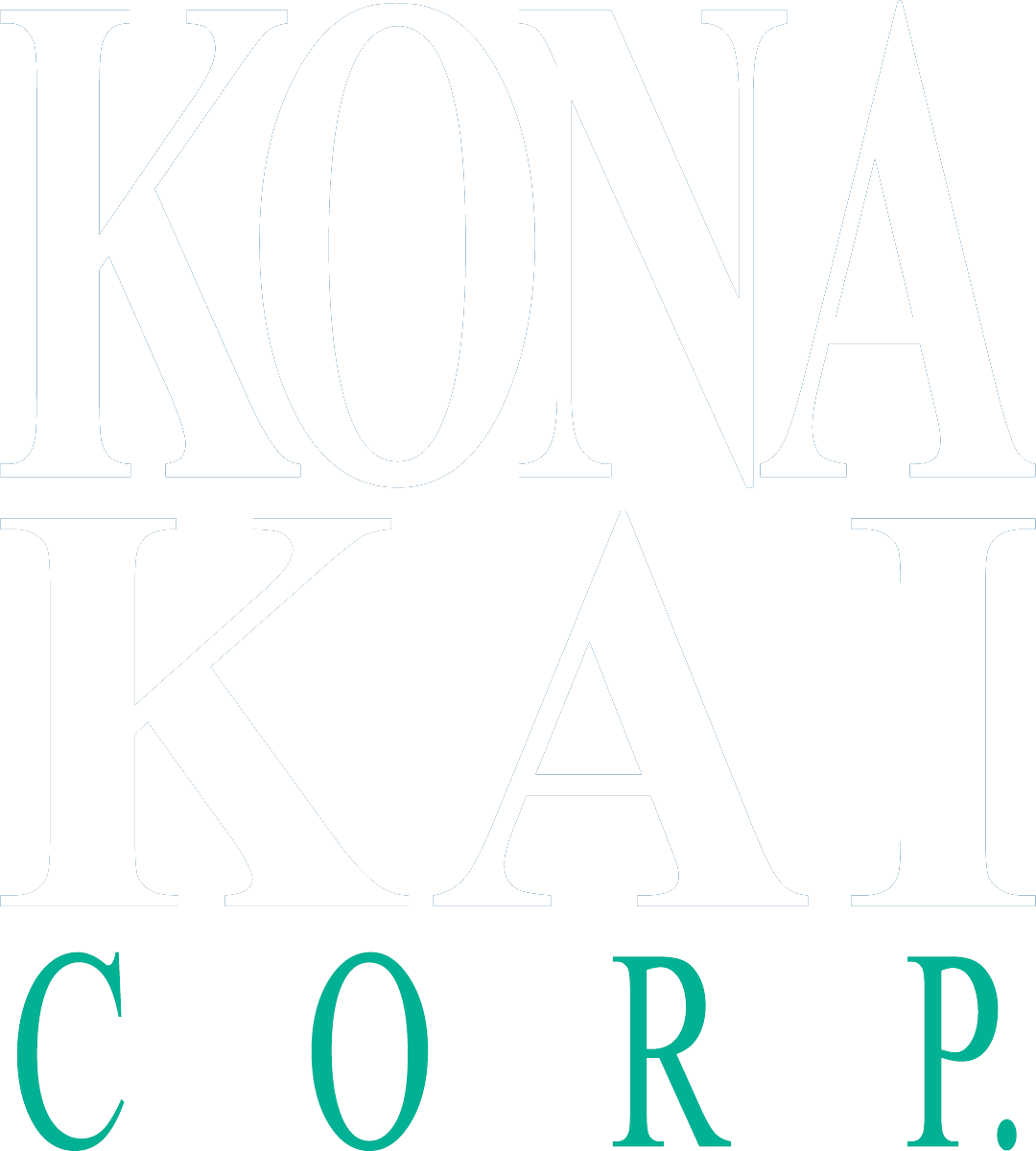The Secret to High Salesforce Adoption: How to Train and Engage Your Team
Implementing Salesforce can transform how your business manages customer relationships, automates workflows, and drives revenue growth. However, without strong Salesforce adoption strategies, your investment may fall flat.
User resistance, lack of training, and ineffective onboarding can prevent teams from leveraging Salesforce’s full potential. So, how do you ensure successful Salesforce user adoption? The key lies in effective training, engagement strategies, and ongoing support.
In this guide, we’ll walk you through how to train employees on Salesforce, improve adoption rates, and maximize ROI.
Why Salesforce Adoption Matters
A low adoption rate means teams aren’t using Salesforce to its full potential, leading to:
- Incomplete customer data that weakens decision-making
- Inefficiencies from manual workarounds
- Missed sales opportunities due to poor CRM utilization
By implementing a structured Salesforce training program, businesses can drive higher adoption, increased productivity, and improved customer relationships.
1. Build a Clear Salesforce Adoption Strategy
Before rolling out training, establish a Salesforce adoption framework that answers key questions:
- Who will use Salesforce? Sales, marketing, customer service, operations, or executives?
- Which features are essential? Lead tracking, reporting, automation, workflows?
- How will adoption be measured? Login frequency, data completeness, pipeline accuracy?
Defining these goals—with input from both the delivery and end-user teams—ensures that training efforts align with business objectives and user needs.
2. Customize Training for Different User Roles
One-size-fits-all training doesn't work. Salesforce user adoption best practices recommend tailoring sessions based on job functions:
- Sales Reps: Lead tracking, opportunity management, and pipeline forecasting.
- Marketing Teams: Campaign management, email automation, and customer segmentation.
- Customer Support & Operations: Case management, automation, and customer history tracking
- Executives & Managers: Dashboards, reports, and data-driven insights.
When users see how Salesforce improves their day-to-day work, they’re more likely to adopt it.
3. Make Salesforce Training Engaging & Interactive
Boring training sessions can lead to disengagement. To boost participation, integrate:
- Hands-on practice: Allow users to explore Salesforce in a sandbox environment.
- Microlearning: Break training into short, digestible modules.
- Live Q&A sessions: Provide real-time support and troubleshooting.
- Gamification: Offer leaderboards, badges, and incentives for engagement.
The more engaging the Salesforce training, the higher the adoption rate.
4. Automate Workflows to Increase Adoption
Salesforce’s automation tools can make users’ lives easier, driving adoption by reducing manual work:
- Workflows & Process Builder: Automate repetitive tasks like follow-ups and approvals.
- Salesforce Einstein AI: Help sales teams prioritize leads and identify trends.
- Agentforce: Empower service agents with AI-driven recommendations, automated case routing, and real-time response suggestions.
- Automated Reminders: Keep users on track with scheduled tasks and notifications.
When employees see how Salesforce automation saves them time, they’ll be more motivated to use it.
5. Provide Ongoing Support & Resources
Training doesn’t stop after onboarding. Continuous support ensures long-term adoption. Consider:
- Salesforce Champions: Appoint power users to provide peer support.
- Knowledge Base & Tutorials: Offer on-demand learning materials.
- Regular Check-ins & Feedback Loops: Address pain points and update training.
- Advanced Training Sessions: Help teams master new Salesforce features.
A well-supported Salesforce team will feel confident using the platform daily.
6. Track Salesforce Adoption Metrics & Optimize
Measuring adoption is essential for improving usage. Track key performance indicators (KPIs) such as:
- Login frequency: Are employees consistently using Salesforce?
- Data completeness: Are leads, accounts, and opportunities being updated?
- Feature usage: Which Salesforce tools are being used (or ignored)?
Regularly analyzing these insights allows businesses to refine their Salesforce adoption strategy for long-term success.
Final Thoughts: Driving Long-Term Salesforce Adoption
Successful Salesforce adoption and training requires more than just an initial rollout—it’s about creating a culture where the platform is an integral part of business operations. By implementing customized training, automation, ongoing support, and adoption tracking, your business can maximize Salesforce ROI, improve team efficiency, and drive better customer engagement.
Next Steps: Elevate Your Salesforce Strategy
Struggling with Salesforce adoption? By working with partners like us, organizations see a 31% faster adoption rate of emerging technologies (2023 Salesforce Partner Value / AppExchange Customer Success Survey). Contact us today for a customized Salesforce training program that ensures long-term success!
INSIGHTS












